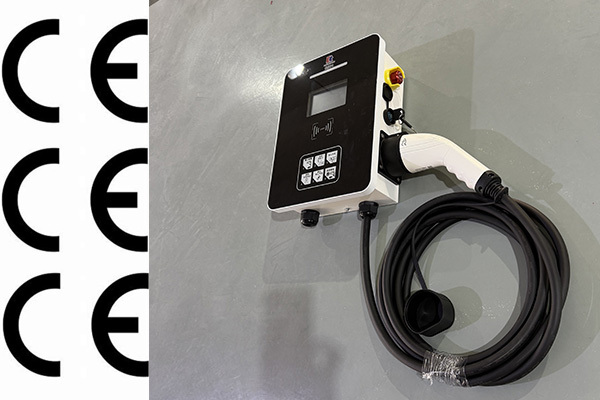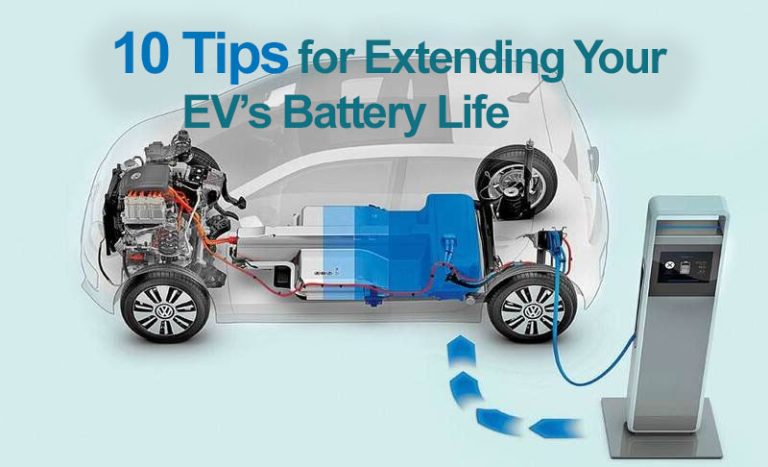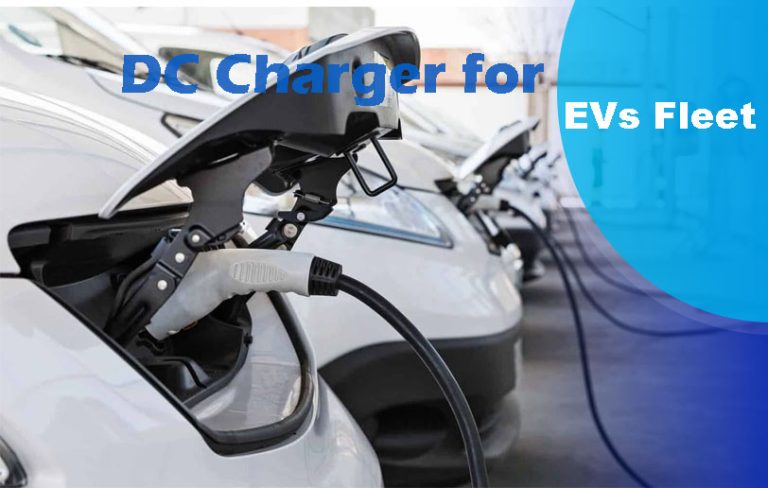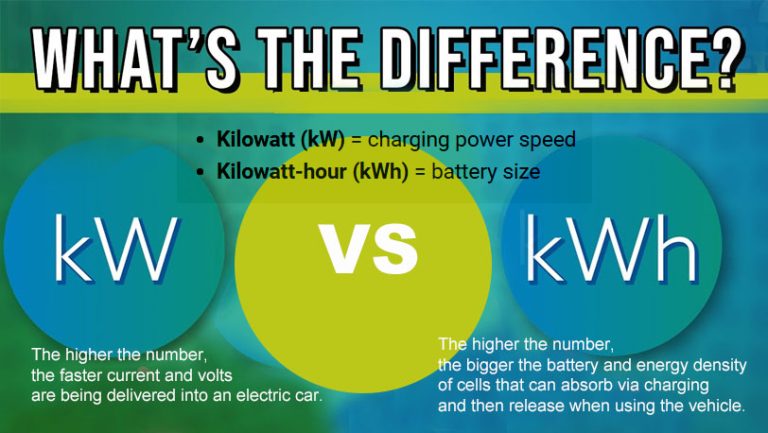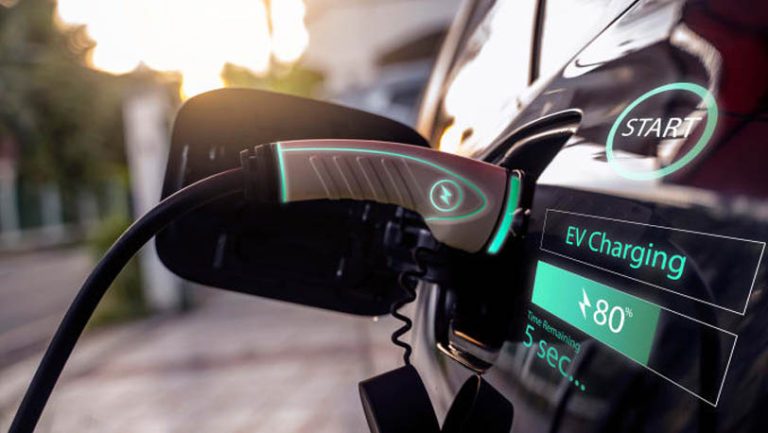As new energy vehicles (NEVs) continue to gain popularity in 2025, understanding how to charge them efficiently becomes essential. There are three main types of charging methods for NEVs: Home Charging, Public Fast Charging, and Battery Swapping. Each method has its own advantages and is suited for different usage scenarios.
1. Home Charging – Convenient and Cost-Effective
Home charging is the most common charging method and is ideal for daily use. It typically uses a standard 220V household power supply and charges the vehicle via a home-installed wallbox charger or a portable charging cable provided with the car.
- Charging Speed: Slow (usually 6–10 hours for a full charge).
- Advantages: Low cost, gentle on the battery, and convenient if time allows.
- Best For: Overnight charging at home.
- Ideal Users: Owners with a private parking space, such as residents of housing communities or apartments.
💡 Tip: Installing a dedicated home charger provides a safer and more efficient charging experience in the long run.
2. Public Fast Charging – Ideal for Emergencies and Long Trips
Public fast charging stations are located in urban areas, highway service zones, shopping malls, office complexes, and other public spaces. These chargers have high power output and can recharge a vehicle quickly.
- Charging Speed: Fast (30–60 minutes to reach around 80%).
- Advantages: Saves time and ideal for on-the-go energy top-ups.
- Disadvantages: Higher cost; frequent fast charging may affect battery life.
- Best For: Emergency charging or long-distance travel.
- Ideal Users: Drivers without home charging access or those on road trips.
⚠️ Note: Avoid relying on fast charging too often, as it may shorten battery lifespan over time.
3. Battery Swapping – Fast and Innovative
Battery swapping is an emerging charging solution available on select vehicle models and brands (such as NIO). Instead of waiting for a charge, the depleted battery is replaced with a fully charged one in just a few minutes — similar to refueling a gas car.
- Charging Speed: Extremely fast (3–5 minutes).
- Advantages: Minimizes downtime, no waiting for a charge.
- Disadvantages: Limited availability; only compatible with certain vehicles and brands.
- Best For: Commercial drivers or those who need to stay on the road.
- Ideal Users: Ride-hailing drivers, taxis, fleet operators.
📌 Current Status: Battery swapping stations are still limited in number and mainly found in major cities or in cooperation with specific EV brands.
| Charging Method | Charging Time | Cost | Battery Impact | Ideal Scenario |
|---|---|---|---|---|
| Home Charging | 6–10 hours | Low | Minimal | Daily charging at home |
| Public Fast Charging | 30–60 minutes | Medium-High | Moderate | Emergency or long trips |
| Battery Swapping | 3–5 minutes | Higher | Low | High-frequency usage, fleets |


